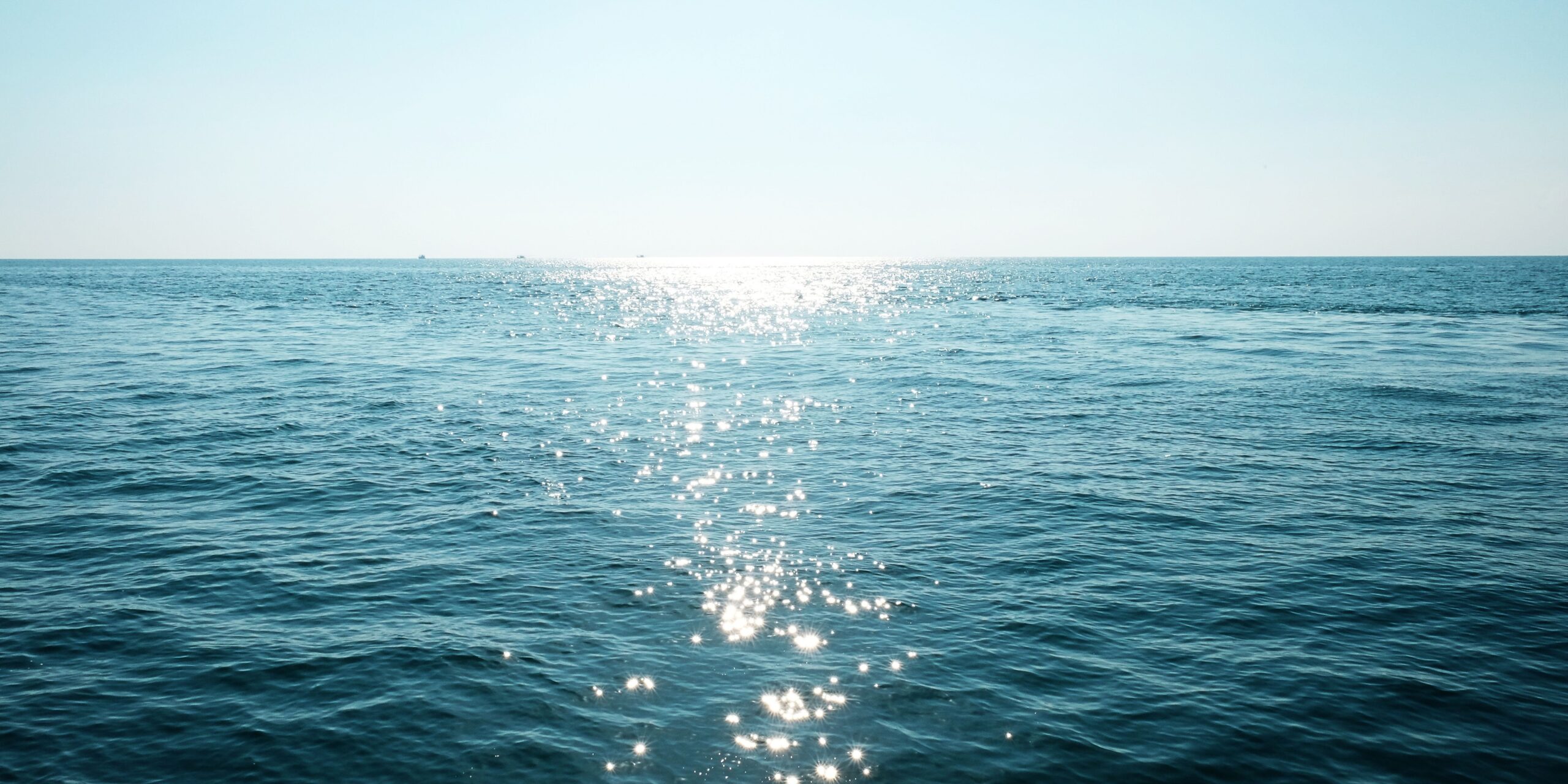Passive Acoustic Monitoring and real-time data collection
When marine species depend on sound for survival, increasing underwater noise disrupts their communication and migration across the ocean and sea. Passive Acoustic Monitoring (PAM) is a crucial tool for detecting and analyzing underwater acoustic signals in real time. The technology was first used during World War I to detect enemy military submarines. Using hydrophones, PAM continuously records the level of noise and frequency ranges in the kHz spectrum, helping researchers assess changes in marine soundscapes. It identifies the sound produced by each source of noise, both natural and anthropogenic, including shipping, vessel traffic, industrial activity, and seismic surveys.
